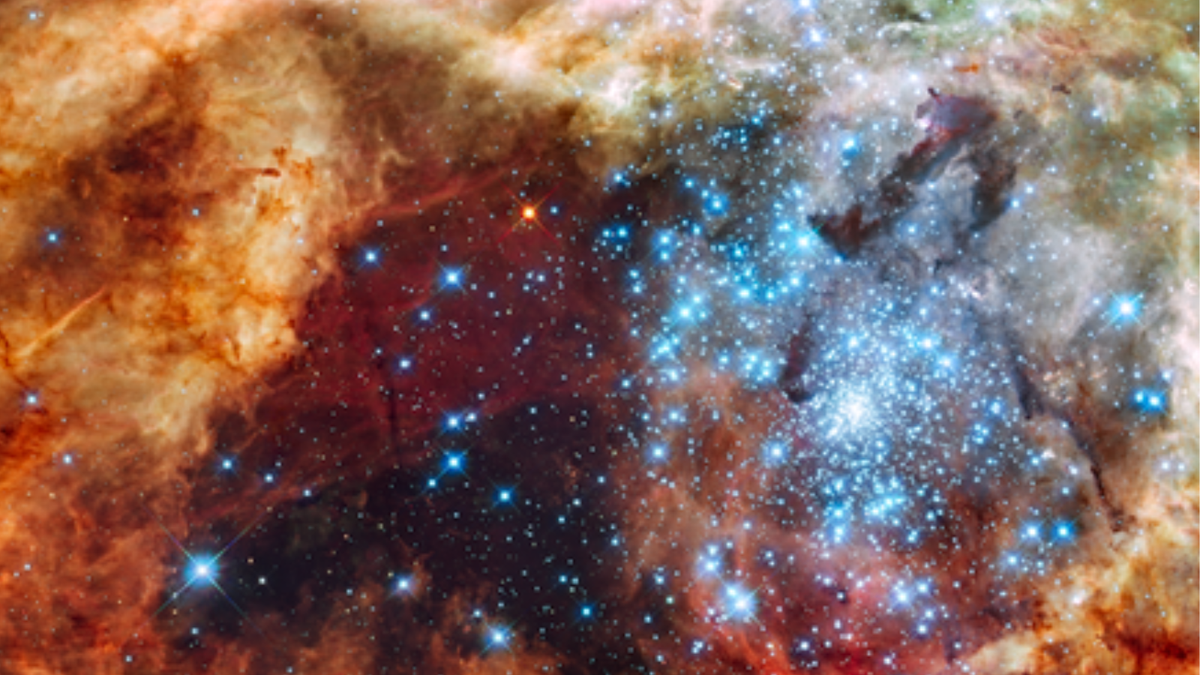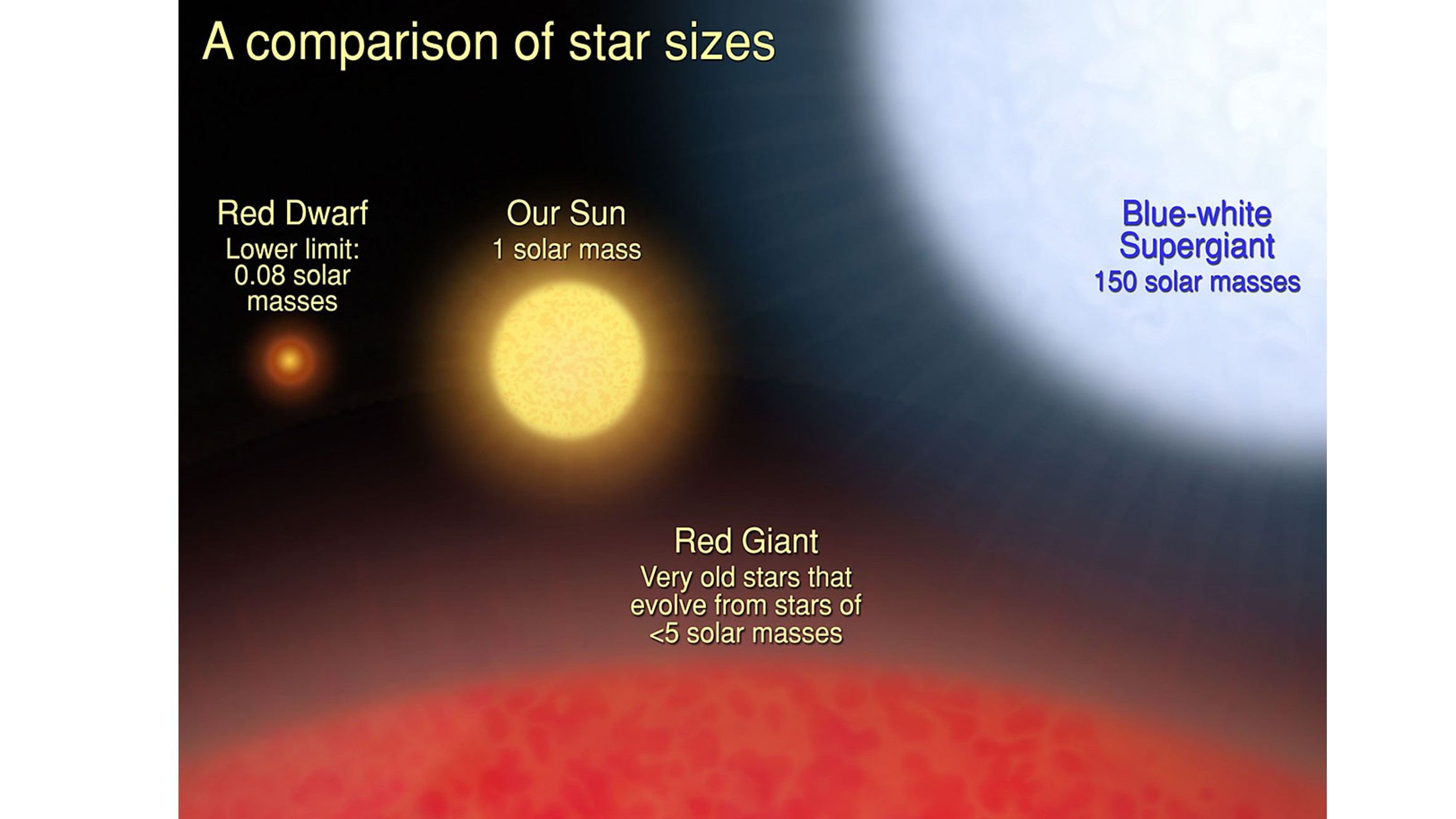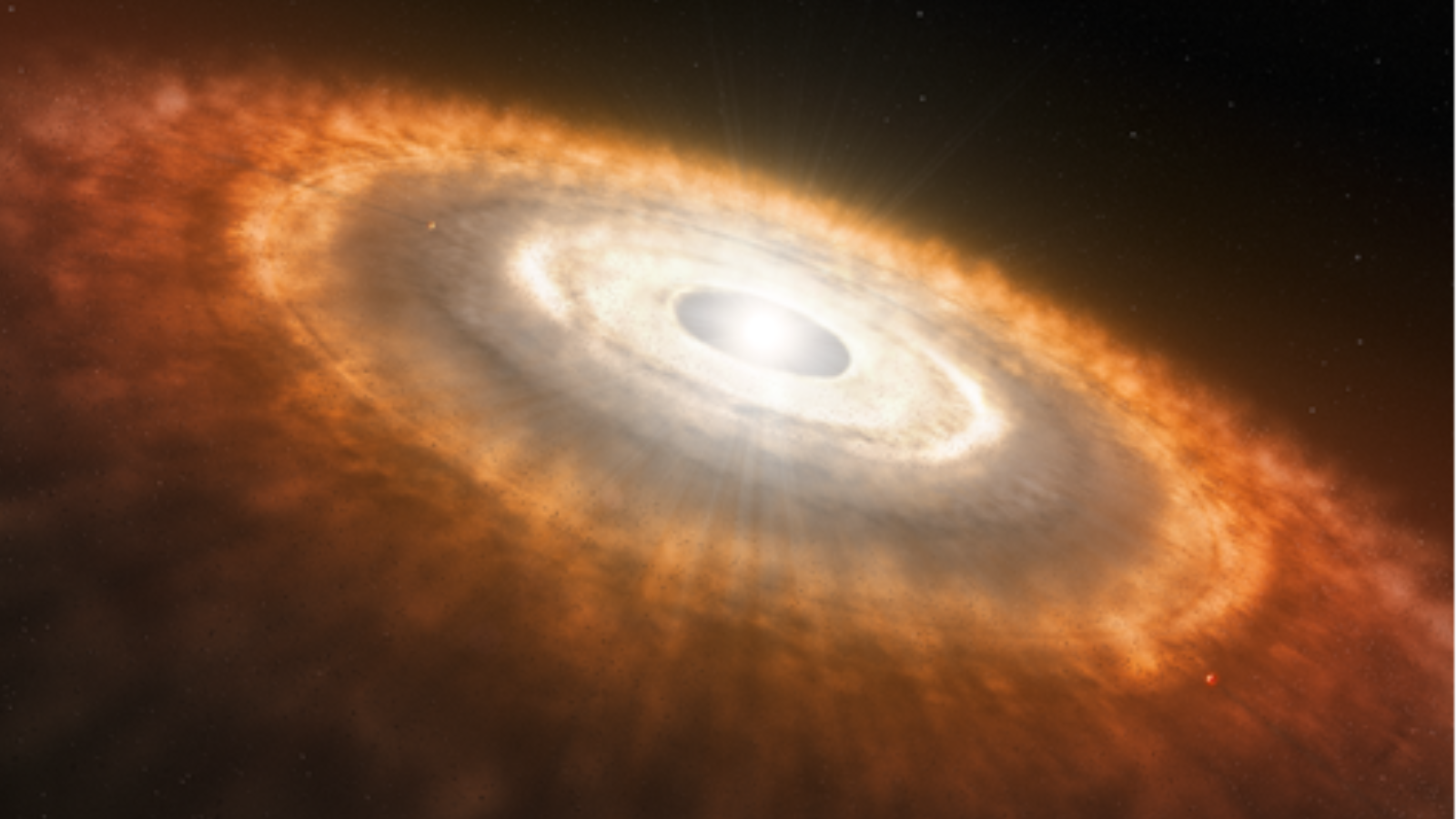In December 2023, the Hubble Space Telescope completed its largest program since its launch in 1990. Through this program, the telescope made observations of 500 individual stars over three years, and scientists are now ready to delve into this cosmic Easter egg of data.
The Hubble Telescope's comprehensive survey is called the Ultraviolet Heritage Library of Young Stars as Baseline Standards, or ULLYSES; ULLYSES' operators considered Hubble to be the only active telescope capable of accomplishing such a pioneering endeavor.
However, these ultraviolet observation treatments will continue beyond the Easter holiday, keeping researchers busy for decades to come as they provide new insight into star formation and evolution and the influence of stars on their surroundings.
“I believe the ULLYSES project will be transformative, impacting astrophysics in general, from exoplanets to the effects of massive stars on the evolution of galaxies, to understanding the early stages of the evolving universe,” said Julia Roman-Duval, leader of the ULLYSES implementation team at the space telescope. Science Institute (STScI) in Baltimore, Maryland, He said in a statement. “Apart from the specific goals of the programme, stellar data can also be used in the fields of astrophysics in ways we cannot yet imagine.”
Related: The Hubble Telescope witnesses the birth of a new star in a stunning cosmic light show (photo)
The ULLYSES team used the Hubble Telescope to study 220 stars first, then mined the space telescope's archive to retrieve observations of another 275 stars. The researchers also combined data about the stars from a large number of other space telescopes and ground-based observatories.
The completed ULLYSES data set consists of stellar spectra containing information about each star's temperature, chemical composition, and speed at which it rotates.
Hubble and Ulysses see red (and blue)
Of particular interest to the ULLYSES team are ultra-hot, massive blue stars that can grow to be a million times brighter than our Sun. These blazing stars glow strongly in ultraviolet light, which means Hubble can easily spot them.
Massive blue stars live fast and die young, rapidly burning through the fuel needed for intrinsic nuclear fusion and forming “metals,” the term astronomers use to describe elements heavier than hydrogen and helium. Hydrogen and helium are the two elements that stars mostly form at the beginning of their lives.
Stellar spectra of massive blue stars can reveal details about the speeds of the strong stellar winds streaming outward from them. After massive stars explode in supernova explosions, it is these stellar winds that disperse the elements formed by those stars. The elements then spread throughout the universe, so understanding these winds would be a big step toward understanding the galactic distribution of the heavy elements that become the building blocks for the next generation of stars and planets. These elements may eventually become the basis of life in the universe as well.
Because of this dispersion process, each subsequent stellar generation contains a greater concentration of metals than the previous generation. Formed when the majority of atoms in the universe were hydrogen and a little helium, the first generation of stars is considered “metal-poor”, while subsequent generations of stars, including the Sun, are “metal-rich”.
Ulysses and Hubble targeted blue stars in galaxies near the Milky Way that appear to be metal-deficient. Thus, these stars can serve as proxies for older stars, helping scientists investigate stars that existed in the nascent universe and are now outside the range from which we can easily see deep details.
“The ULLYSES observations are a starting point for understanding those first stars, their winds in the universe, and how they influence the evolution of their young host galaxy,” said Romain Duval.
At the other end of the color (and size) spectrum, the ULLYSES project also focused on young stars that are cooler, smaller, and redder than the Sun. These stars are also located close to Earth, in active star formation regions in the Milky Way.
During their formative years, as they gathered mass from the disks of gas and dust that surrounded them, these young red stars created turbulence in their systems by emitting ultraviolet radiation and high-energy X-rays. This would affect the planet-forming disks around these stars, and affect whether the planets that eventually are born around these stars could be habitable.
Hubble observations collected for ULLYSES could help scientists better understand the processes by which these young stars accrete matter from their surroundings to accumulate the mass required to catalyze the nuclear fusion of hydrogen into helium. Starting this process would make the young star a full-fledged star.
This could also reveal the influence of these stars on the disks surrounding them, which will eventually form planets. Thus, a survey study could help scientists better understand which systems are most suitable for searching for life.
“ULLYSES was originally designed as an observing program using Hubble's sensitive spectrometer. However, the program has been significantly enhanced through coordinated and additional community-led observations with other ground-based and space-based observatories,” said Romain Duval. “Such broad coverage allows astronomers to investigate the lives of stars in unprecedented detail and paint a more comprehensive picture of the properties of these stars and how they affect their environment.”
Even before ULLYSES data provide new insights into the lives of stars and their environments, this survey shows that even after more than three decades of cosmic observations, Hubble is still providing groundbreaking science.

“Typical beer advocate. Future teen idol. Unapologetic tv practitioner. Music trailblazer.”









More Stories
Boeing May Not Be Able to Operate Starliner Before Space Station Is Destroyed
How did black holes get so big and so fast? The answer lies in the darkness
UNC student to become youngest woman to cross space on Blue Origin